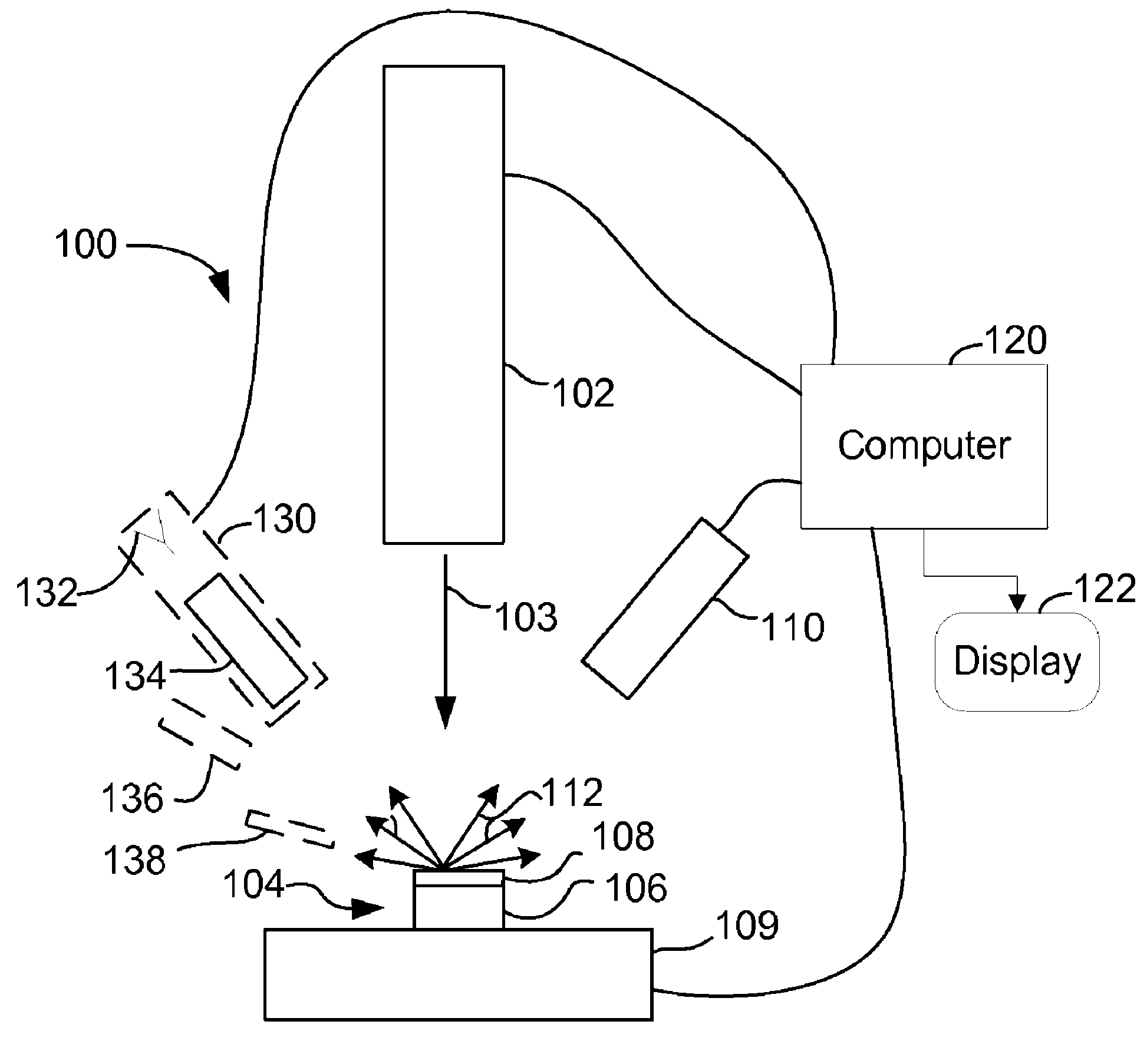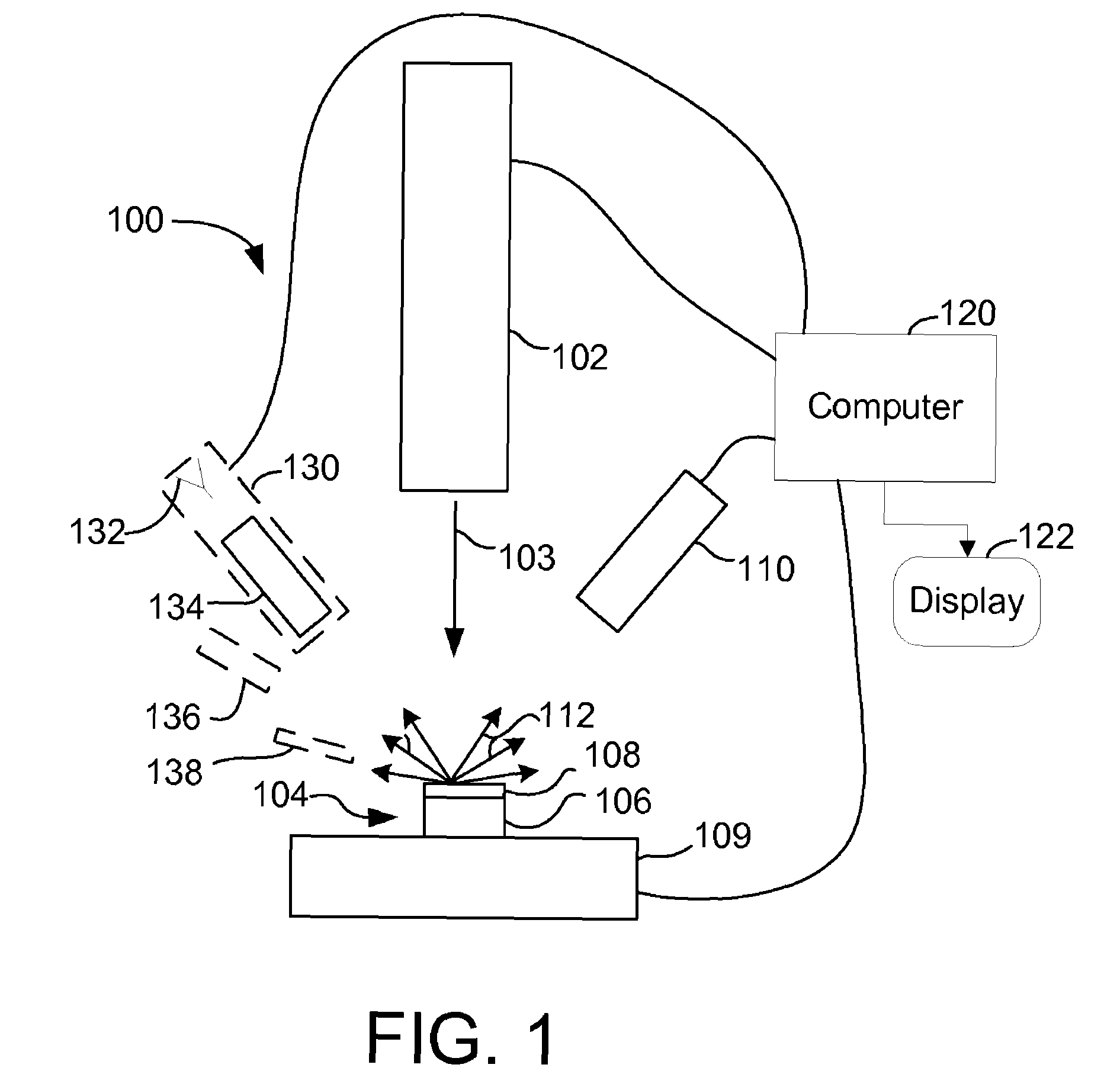Charged particle beam masking for laser ablation micromachining
a laser ablation and micromachining technology, applied in the field of fabrication microstructures, can solve the problems of poor process resolution, difficult consistent process repeatability, and limited material photochemical etching, and achieve the effect of higher mask resolution and higher resolution processing of samples
- Summary
- Abstract
- Description
- Claims
- Application Information
AI Technical Summary
Benefits of technology
Problems solved by technology
Method used
Image
Examples
Embodiment Construction
[0021]Although those of ordinary skill in the art will readily recognize many alternative embodiments, especially in light of the illustrations provided herein, this detailed description is exemplary of the preferred embodiments of the present invention, the scope of which is limited only by the appended claims.
[0022]Preferred embodiments of the present invention fabricate a high resolution mask through a process such as charged particle beam processing. The work piece is subsequently exposed to a laser beam through the mask, the mask blocking or restricting portions of the work piece to the laser beam exposure. The mask is preferably fabricated directly on the work piece surface. The terms “work piece,”“sample,” and “specimen” are used interchangeably in this application.
[0023]In one preferred embodiment, the mask is deposited directly onto the work piece surface using charged particle beam-induced deposition. An ultra short laser pulse is then directed toward the work piece surfac...
PUM
| Property | Measurement | Unit |
|---|---|---|
| diameter | aaaaa | aaaaa |
| diameter | aaaaa | aaaaa |
| energy | aaaaa | aaaaa |
Abstract
Description
Claims
Application Information
 Login to View More
Login to View More - R&D
- Intellectual Property
- Life Sciences
- Materials
- Tech Scout
- Unparalleled Data Quality
- Higher Quality Content
- 60% Fewer Hallucinations
Browse by: Latest US Patents, China's latest patents, Technical Efficacy Thesaurus, Application Domain, Technology Topic, Popular Technical Reports.
© 2025 PatSnap. All rights reserved.Legal|Privacy policy|Modern Slavery Act Transparency Statement|Sitemap|About US| Contact US: help@patsnap.com



